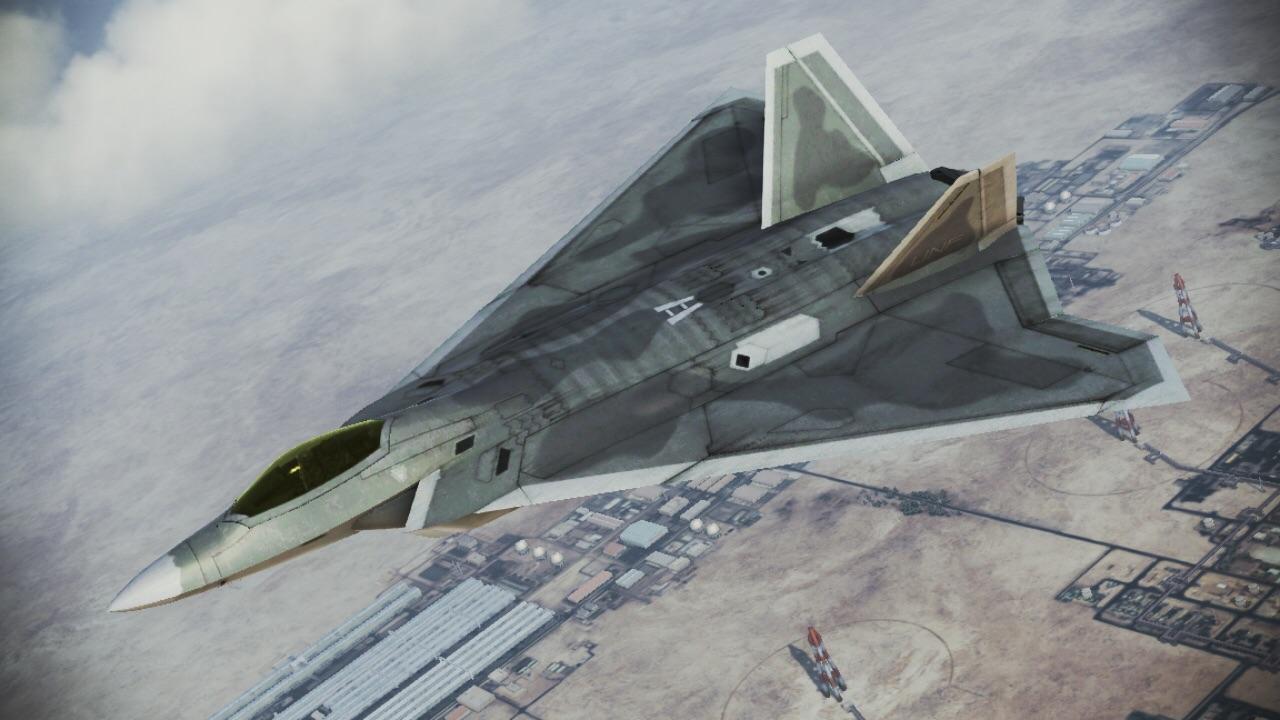The F-22 Raptor, considered the world’s most powerful fighter jet, could have been the “stealthiest” aircraft, had the US had gone ahead with the transformation.
After JF-17 Fighter Jets, China Sells Wing Loong-II Armed Drones To Nigeria
The Pentagon had concrete plans to build a bomber variant of the Raptor. Among the US defense circles in the 1990s, there was a call for a bigger version of the stealth jet to serve as a highly survivable medium-range fighter/bomber, named FB-22, according to a report published by National Interest.
The goal was to meet the Air Force’s need for a regional or medium-range bomber that could bridge the capability gap between a fighter’s air-to-ground operations and a long-range bomber with heavy payload capabilities.
If conceived, the FB-22 could have been the stealthiest fighter/bomber on the planet, and the only supersonic stealth bomber ever to enter operational service for any nation.
The ‘FB-22’ Project
There were multiple changes proposed to convert the fighter jet into a bomber, from a significant range and payload to an increased size of wings.

The manufacturer aimed for the speed of Mach 1.8 that’ll equip the bomber to carry out rapid strikes. At present, the US Air Force operates only one supersonic bomber – the heavy payload-capable B-1B Lancer with a top speed of 900 miles per hour, or Mach 1.2.
The proposed FB-22 would have a stretched fuselage to add a station for a second crew member who would be able to serve not only as a navigator but also take over the flying responsibilities in shifts during long-duration missions.
Another major change is the increased wing size. The FB-22 would have delta-shaped wings that dramatically increased lift and fuel capacity. Although the additional wing size would have restricted the speed, the FB-22’s combat radius would have stretched all the way out to 1,800 miles – a significant leap from the F-22’s 600 mile-or-so range.
The use of “stealth pods” was recommended to further reduce the radar cross-section or stealth quality. However, the stealth feature contrasted with the ability of the aircraft to carry multiple weapons.
Why It Was Grounded
The FB-22 faced a huge challenge in finding a way to carry as many bombs as its new wings would allow, without compromising the aircraft’s stealth profile.
According to a Congressional Research Service (CRS) report from 2005, Lockheed Martin actually started working on an FB-22, or an F-22-based bomber, in 2002. The company formally presented the FB-22 to the Air Force and claimed purchasing the FB-22 would offer the Pentagon more than $10 billion in savings over the coming two decades “in logistics costs alone”.
The idea was reportedly supported by Air Force Secretary James Roche among others. According to reports, he even told the House Armed Services Committee that he envisioned his branch purchasing 150 FB-22s to fly in concert with 381 F-22s and heavy payload fleets of B-1B Lancers, B-52s, and B-2 Spirits.
However, after the US launched its war on terror in the Middle East, the use of stealth technology was not as useful as combat operations on the ground, and eventually, the FB-22 bomber plan was shelved.
By 2006, Lockheed Martin began testing the F-35 Lightning II, another fifth-generation fighter jet, which was supposed to provide necessary stealth capability along with other advantages that the US Air Force needed.
Experts suggest that although FB-22 never existed, the discussions around the bomber and the lessons learned from the process may have helped get the B-21 Raider off the drawing board and into active development.
Read More
Developed by Northrop Grumman, the B-21 is said to be the most advanced stealth bomber in history when it enters service later this decade.
Russia, China or The US: Which Country’s Air Force Operates The World’s Fastest Fighter Jets?
F-22 Raptor
A supersonic, dual-engine fighter jet, the F-22 Raptor is one of the only four fifth-generation jets currently in service around the world.
Development on the F-22 Raptor dates back to 1981 when the US Air Force first identified the need to field a more advanced fighter to effectively counter the Soviet’s new Su-27 Flanker and MiG-29 Fulcrum amid the Cold War.
American defense manufacturer Lockheed Martin’s proposed prototype YF-22 beat Northrop’s YF-23 to win the final bid to develop the US’s first fifth-generation jet.
Lockheed Martin describes F-22 as a fighter jet with a unique combination of stealth, speed, agility, and situational awareness, combined with lethal long-range air-to-air and air-to-ground weaponry, making it the best air dominance fighter in the world.
Built exclusively for the USAF, the jet entered service in December 2005 to replace the aging fleet of F-15 Eagle. It is banned for exports to foreign militaries due to fears of theft or replication of technology by adversaries like China.
With a speed of Mach 2 and a range of 1,600 nm, the fighter possesses a sophisticated sensor suite, which allows the pilot to track, identify, shoot and kill air-to-air threats before being detected and can carry up to six AIM-120 AMRAAMs and two AIM-9 Sidewinders.
The last produced F-22 was delivered in 2012 and reportedly 183 F-22 aircraft are currently in service with the USAF. The US recently deployed dozens of F-22 Raptor jets to the Indo-Pacific region to take part in the Pacific Iron 2021 exercise, which coincides with another US-led exercise with its QUAD partners.